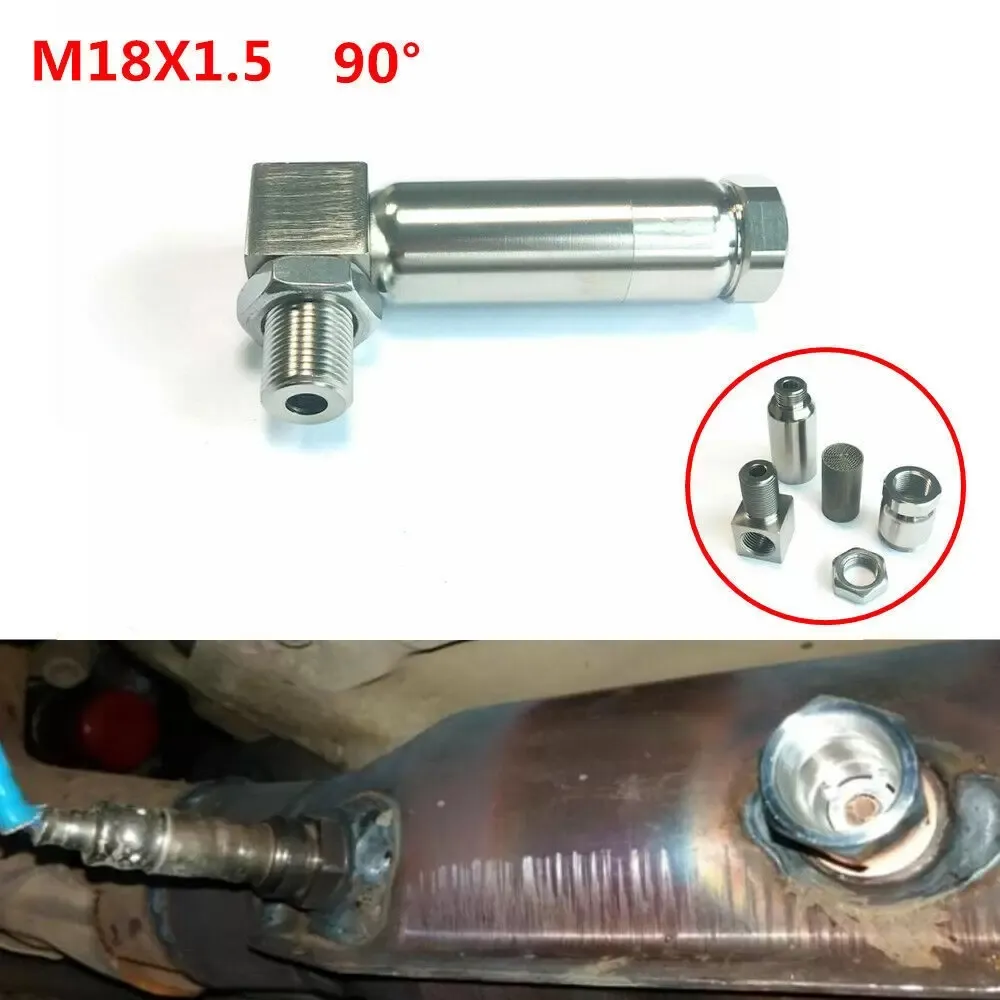Have you ever faced the dreaded sight of a check engine light illuminating your dashboard, leaving you puzzled and slightly panicked? While the possibilities of what’s wrong can be overwhelming, one potential culprit that often comes to mind is the catalytic converter. If you’re curious to learn how to decipher and tackle a catalytic converter-related check engine light, read on to unveil the secrets and empower yourself with the knowledge to conquer this automotive dilemma.

Image: www.dhgate.com
Catalytic Converters: Guardians of Clean Emissions
Understanding the Catalytic Converter
The catalytic converter, a crucial component of your vehicle’s exhaust system, plays a pivotal role in reducing harmful emissions. It works by converting hazardous pollutants, such as carbon monoxide and hydrocarbons, into less harmful gases like carbon dioxide and water vapor. This conversion process is achieved through chemical reactions facilitated by the precious metals (platinum, palladium, or rhodium) embedded within the converter’s honeycomb structure.
Diagnosing Catalytic Converter Issues
When the catalytic converter malfunctions or becomes inefficient, the check engine light may illuminate on your dashboard, signaling a potential issue. Several factors can contribute to catalytic converter problems, including:
- Faulty oxygen sensors: These sensors monitor the oxygen levels in the exhaust, providing feedback to the engine control unit (ECU) to adjust fuel delivery. Incorrect readings from faulty sensors can lead to an improper air-fuel ratio, damaging the catalytic converter.
- Damaged exhaust system: Holes or cracks in the exhaust system can allow unfiltered exhaust gases to bypass the catalytic converter, compromising its efficiency.
- Internal contamination: Fuel, oil, or coolant leaking into the exhaust system can contaminate the catalytic converter, impairing its ability to function properly.
Fixing Catalytic Converter Issues: A Step-by-Step Guide
Resolving catalytic converter issues requires a systematic approach. Follow these steps:
- Read the diagnostic codes: Use an OBD-II scanner to retrieve the diagnostic trouble codes (DTCs) stored in the ECU. These codes provide valuable insights into the nature of the problem.
- Inspect the exhaust system: Check for any visible damage to the exhaust components, such as holes, cracks, or loose connections.
- Test the oxygen sensors: Disconnect the oxygen sensors and measure their resistance or voltage. Compare the readings to the manufacturer’s specifications to determine if they are faulty.
- Replace the catalytic converter: If the oxygen sensors are functioning correctly and the exhaust system is intact, the catalytic converter may need to be replaced. This is a complex repair and should be entrusted to a qualified mechanic.
- Regular maintenance: Regular tune-ups and oil changes help prevent contamination of the catalytic converter.
- Avoid leaded fuel: Leaded fuel can damage the catalytic converter, reducing its lifespan.
- Address engine issues promptly: Ignoring engine problems can worsen the condition and potentially damage the catalytic converter.

Image: www.ubuy.co.in
Expert Tips and Advice
Here are some tips from industry experts to help you manage catalytic converter issues:
Frequently Asked Questions (FAQs)
Q: Can I drive with a faulty catalytic converter?
A: Driving with a faulty catalytic converter is not advisable as it can lead to increased emissions, reduced engine performance, and potential damage to other engine components.
Q: How much does it cost to replace a catalytic converter?
A: Replacement costs vary widely depending on the vehicle make and model. Expect to pay anywhere from $1,000 to $3,000.
Q: Can I clean a catalytic converter?
A: While some additives claim to clean catalytic converters, their effectiveness is often limited and may not fully resolve the issue.
How To Fix Catalytic Converter Check Engine Light
Conclusion
Understanding how to fix a catalytic converter check engine light empowers you to make informed decisions about your vehicle’s maintenance and repairs. Remember, addressing catalytic converter issues promptly can prevent further damage to your car and ensure optimal performance. Are you ready to conquer the catalytic converter conundrum once and for all?